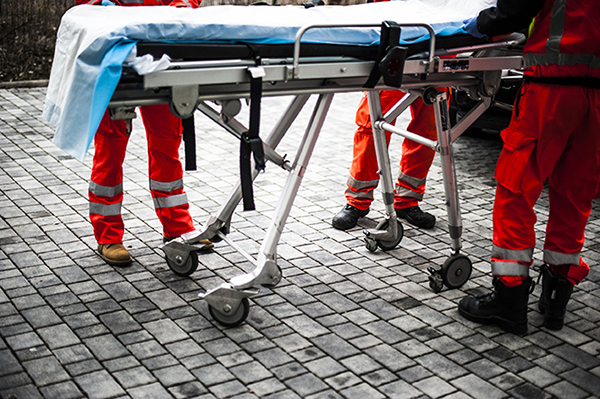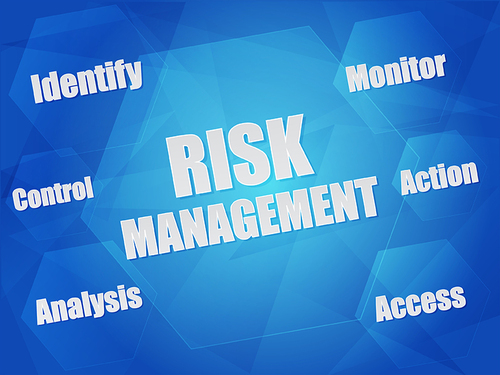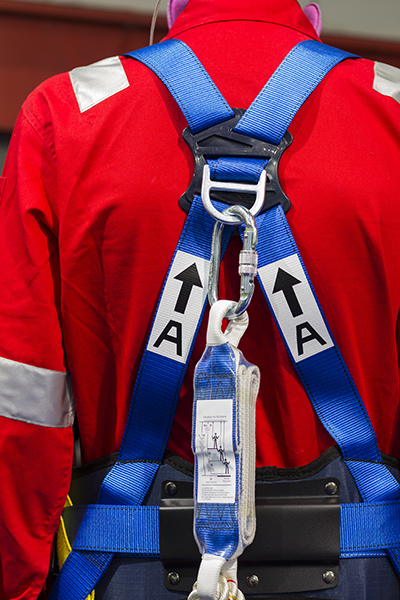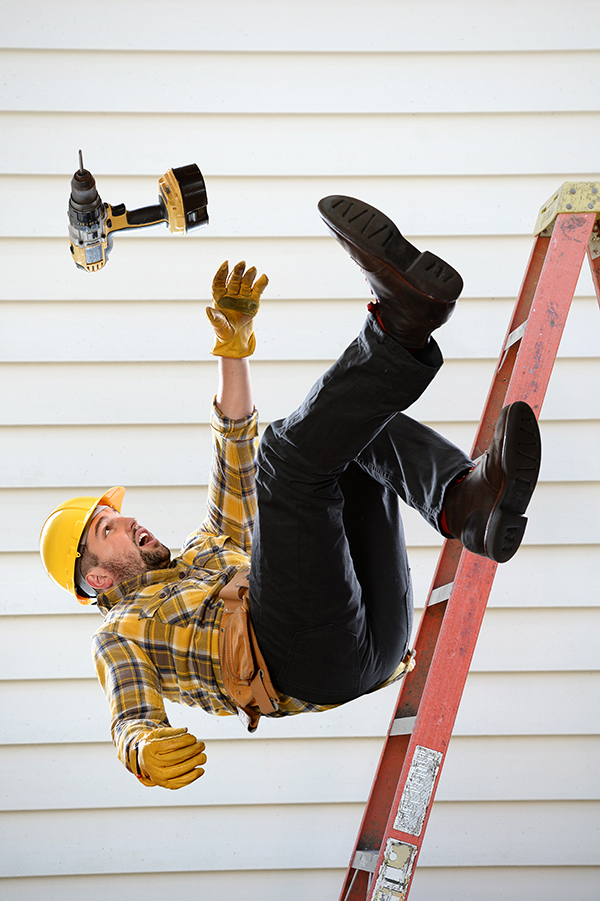
Control Measures To Reduce Accidents While Working At Heights
About 29 people die every day in Australia as a result of work-related falls, according to the latest reports by Safe Work Australia. More particularly, 11% of work-related deaths in Australia are as a result of falling from heights. Working at heights is still ranked as one of the major workplace hazards and cause of occupational fatalities and injuries.
Matter of fact, in Australia, it’s the third major cause of death after motor vehicle accidents and being hit by moving or falling objects. People often misunderstand and overlook the risks involved with working at heights, as they tend to only think one would have to be working from a tall tower or a skyscraper for it to happen.
Contrary to popular belief, most work-related injuries occur with individuals below three meters above the ground. That said it is important for companies and the employees themselves to take necessary measures to minimize the severity of or completely eliminate such accidents.
Matter of fact, in Australia, it’s the third major cause of death after motor vehicle accidents and being hit by moving or falling objects. People often misunderstand and overlook the risks involved with working at heights, as they tend to only think one would have to be working from a tall tower or a skyscraper for it to happen.
Contrary to popular belief, most work-related injuries occur with individuals below three meters above the ground. That said it is important for companies and the employees themselves to take necessary measures to minimize the severity of or completely eliminate such accidents.






